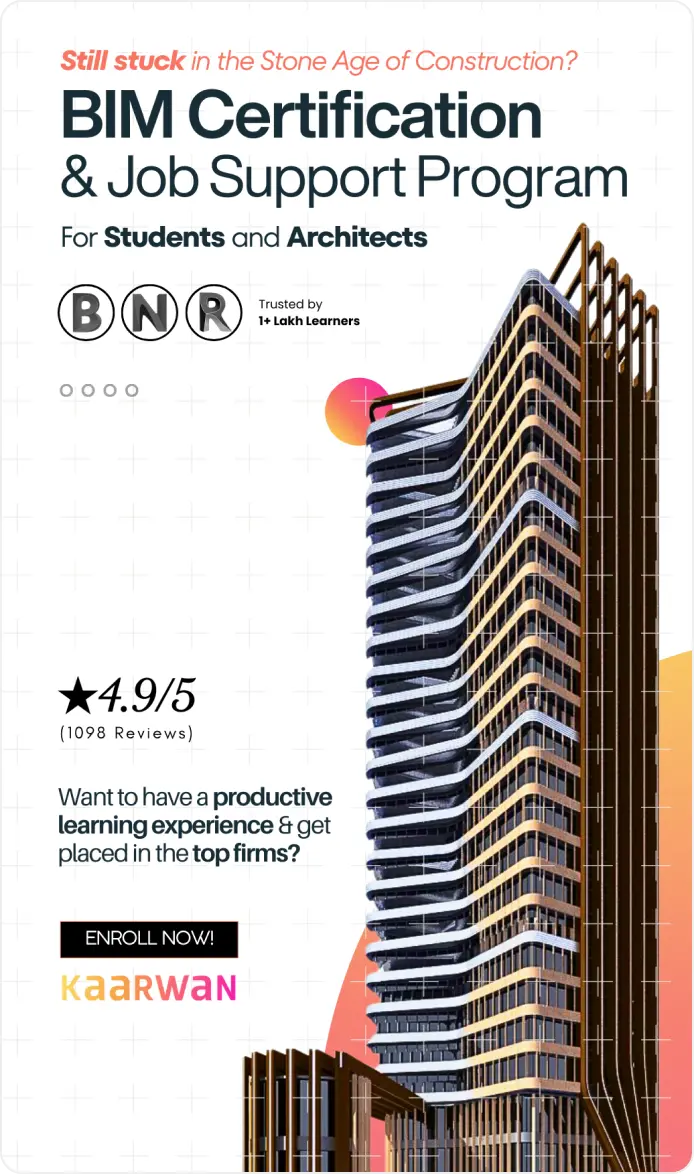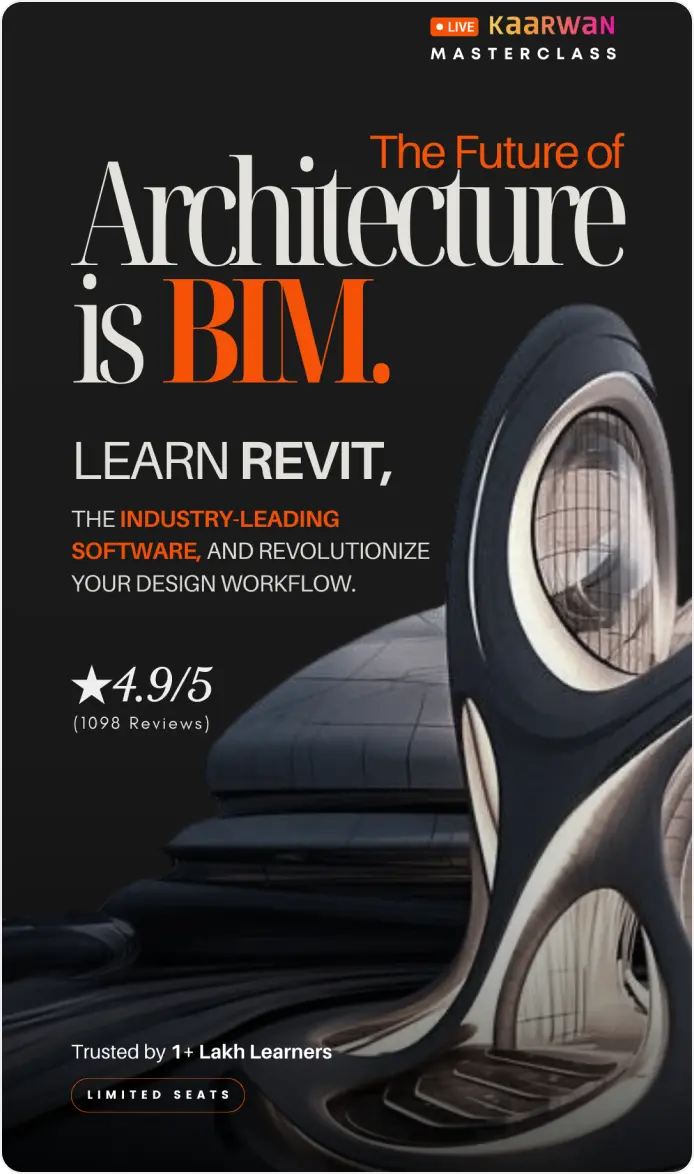In the ever evolving world with massive leaps in technological advancements happening on a regular basis, architects are joining hands with designers and embracing UI/UX design. User interface and user experience has become the top priority of companies worldwide. This article talks about how design thinking and skills you might have learned in architecture school could make you a better UI/UX designer.
Understanding UI/UX Design
Differentiating UI and UX
UI design focuses on the visual aspects of a product, including layout, colors, and typography, with the goal of creating aesthetically pleasing interfaces. On the other hand, UX design is concerned with the overall user experience, encompassing usability, accessibility, and user satisfaction.
Leveraging Architectural Expertise for UI/UX Design Success
Architects possess a unique set of skills that can be leveraged to excel in UI/UX design. Their expertise in spatial design, attention to detail, and understanding of human behavior provide a solid foundation for creating intuitive and user-friendly interfaces. They are adept at visualizing complex systems and translating abstract concepts into tangible designs, essential qualities for effective UI/UX professionals.

Additionally, their experience in collaborating with clients and stakeholders allows them to empathize with users and prioritize their needs throughout the design process. By harnessing their design skills and embracing new technologies and methodologies, architects can seamlessly transition into UI/UX design and deliver exceptional digital experiences.
The Synergy Between Architecture and UI/UX Design
Overlapping Concepts
Many principles of UI/UX design align with core architectural concepts such as user-centricity, functionality, and aesthetics. Architects are uniquely positioned to apply their expertise in spatial design and human behavior to create engaging and intuitive environments.
Synergy in Design Processes
By integrating UI/UX design principles into their practice, architects can streamline the design process and enhance collaboration with clients and stakeholders. This synergy fosters innovation and allows architects to deliver more holistic solutions to their clients.
Why Consider UI/UX Design as an Architect?
Evolving Architectural Trends
As the architectural landscape evolves, clients are increasingly prioritizing user experience and interaction with built environments. Architects who embrace UI/UX design can stay ahead of the curve and meet the changing needs and expectations of their clients.
Meeting User Expectations
In today's digital age, users have become accustomed to intuitive and seamless experiences in both physical and digital realms. By incorporating UI/UX design principles into their projects, architects can create spaces that resonate with users on a deeper level and foster positive interactions.

Self-Assessment for Architects
Assessing Interest and Aptitude
Before embarking on a journey into UI/UX design, architects should assess their interest and aptitude for the field. This involves considering factors such as creativity, problem-solving skills, and willingness to learn new technologies and methodologies.
Recognizing Transferable Skills
Architects possess a range of transferable skills that are valuable in UI/UX design, including spatial awareness, attention to detail, and the ability to empathize with users. Recognizing and leveraging these skills can facilitate a smooth transition into the field of UI/UX design.
Skills Needed for UI/UX Design
Technical Proficiency
UI/UX design requires proficiency in design tools and software, as well as knowledge of design principles and best practices. Architects looking to transition into UI/UX design should familiarize themselves with industry-standard tools such as Adobe XD, Sketch, or Figma.
Creativity and Innovation
In addition to technical skills, UI/UX design demands creativity and innovation. Architects must be able to think outside the box and conceptualize solutions that meet user needs while pushing the boundaries of design.

Steps to Transition into UI/UX Design
Acquiring Relevant Knowledge
To transition into UI/UX design, architects should start by acquiring relevant knowledge and skills through online courses, workshops, or self-study.
Building a Portfolio
Building a strong portfolio showcasing UI/UX design projects is essential for demonstrating proficiency and attracting potential clients or employers. Architects can start by redesigning existing projects or creating new concepts to showcase their skills and creativity.
Challenges in Transitioning
Adapting to New Workflows
Transitioning from architecture to UI/UX design may pose challenges in terms of adapting to new workflows and methodologies. Architects must be prepared to embrace new tools and processes and be open to continuous learning and improvement.
Overcoming Design Constraints
UI/UX design often involves working within constraints such as budget, time, and technology limitations. Architects must learn to balance creative vision with practical considerations and find innovative solutions to design challenges.

Conclusion
In conclusion, UI/UX design offers architects a unique opportunity to expand their skill set and create more meaningful experiences for users. Considering the extensive design background that architects acquire during their grueling years in architecture school, the field of UI/UX design is a lucrative career option for those looking to switch up. All the steps required to transition into this field seamlessly have been highlighted above, read through to figure out if this is the right field for you.
Ready to take your architecture career to the next level? Enroll now in our UI/UX Design Certification & Job Support Program and unlock limitless possibilities in the evolving world of design.
Visit the Kaarwan website for more insights!
Subscribe to our newsletter for the latest information about course announcements, discounts and enlightening blogs!

.jpg)



